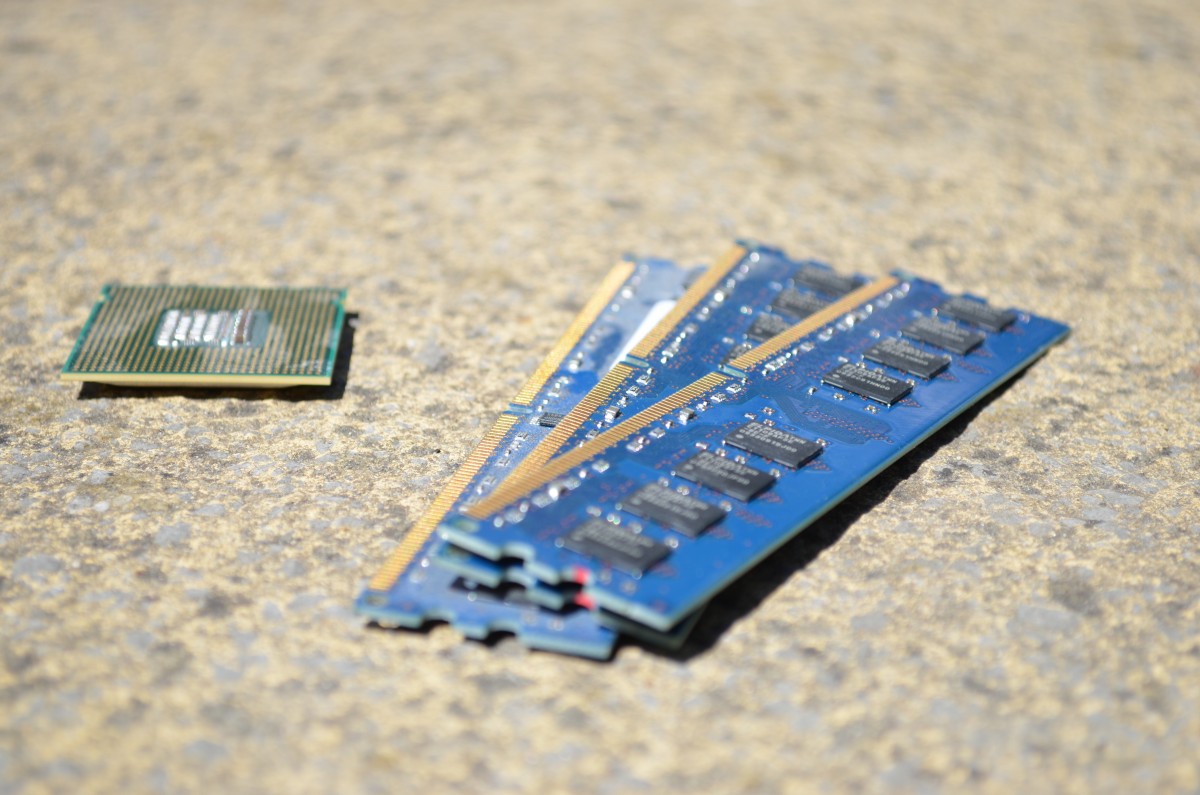I am a big fan of Apple products and love the design and intuitiveness with which they are presented. There is however one thing that I think Apple is doing very badly and which gets increasingly worse with each implementation. This is the business of how it deals with your photos. I put the emphasis on your because it feels less and less like Apple want you to actually own them. It is a simple notion – I want to get my photos off of my iPhone. How do I get my photos off of my iPhone? Then with increasing anger and intensity – where are my photos? There is also the question of file formats and why a decision was made on my behalf to change this.
When it comes to the business of photos and my phone I like a very simple approach. That is I take photos in .jpg format, I then connect my phone to my PC and I then download the photos from the phone to the PC.
In my view Apple completely destroyed this functional, simplistic approach with a method that is slow, convoluted and a way of squeezing more of your hard-earned cash from you.
iPhone Photo Failures
1. I connect my lightning cable from my iPhone to my PC and go to find the device in Windows explorer. I find it and go to copy the photos from the Internal Storage folder as I always had done. Unfortunately this does not work, all you find is an empty folder and no photos to be found.
You now have to go to the Windows 10 Photos app and use a clunky ‘Import’ function. I much preferred having disk access to the files, it was faster and it gave me more information about the files on the device. This was a big step back.
2. I am now forced to use the new ‘Import’ function as I have no disk access to the phone in Windows Explorer. I click import and to my dismay there are no photos to import. After some mild panic and wondering how I’ll ever get back those precious photos I find a rather innocuous looking setting on my iPhone for ‘Optimise iPhone Storage’. Rather than allowing you to save your photos on your phone and then upload to the cloud, this setting only saves your photos to iCloud. Now, I don’t mind that the setting exists I’m sure some people would like this feature. What I really didn’t like was that when it came through with the update it was turned on by default.
Therefore when I came to copy pictures from my phone I was unable to. All my photos where in iCloud. Yes so this means when you are viewing a photo or video while out and about you are using your data allowance.
The solution was to download the iCloud Windows application and download all of my photos from there. I might add that this is painfully slow to do especially if you have larger videos to download. I will not be making this mistake again and changed the iPhone setting to Download and Keep Originals. I found this to be a particularly bad move on Apple’s part as not only did I no longer have my own photos, the procedure to get them back was long, slow and convoluted. It should not have been the default setting and made for you. I can see an angle for Apple here to make more money by filling user’s free 5GB iCloud storage and then charging them more to keep saving photos. I’m sure many will be none the wiser and just pay it.
3. When I had managed to overcome all of the other obstacles that Apple had placed directly in the path of me trying to get to my photos I found another issue. I now had downloaded what I thought were normal, conventional every day .jpg files but they were not.
Apple had (again without my knowledge or consent) change the file format from JPEG to HEIF. I’m sure this feature would be useful to some users and that having the option to change this is great. However what they should not have done is make the decision for me and change all of my photos to a file format that cannot even be read by a Windows 10 computer without some extra work.
I very quickly changed this back to Most Compatible to get the camera saving .jpg files again.
I then had to download a tool to convert all of my existing photos from HEIF to .jpg. I used a free tool called iMazing that worked well, I just shouldn’t have had to do it.
To use the tool just drop the files into the window (you can do multiple files at once) and choose a place to save them.
In closing I’m all in favour of Apple making enhancements to their photo/camera software but anything that breaks the basics should be an additional option. Not forced upon you with an update. The photos after-all are our property. We do not want to start getting into the situation where we have to pay Apple to get them back like some kind of ransom.


